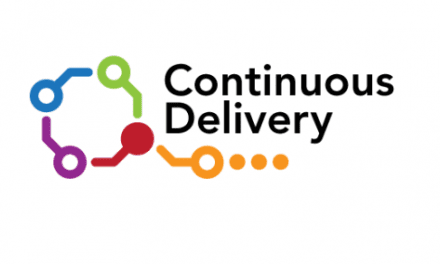Last updated on May 4th, 2022 at 06:03 am
A customer’s user experience cannot be understated. All successful B2C products try to ensure that the user experience is well throughout. Every webpage or app you use runs 100s of usability tests every month to ensure that they provide the customer with the best possible user experience.
As the importance of UX grows it is necessary for TPMs to understand the UX maturity of an organization.
Classification of an organization’s UX maturity
You can classify an organization’s UX maturity into one of the below five listed buckets. A quick review of the organization’s product experience as well as talking to a few people should soon give you a sense of where in the maturity model an organization falls into.
Interested:
- Customer experience is important but it generally receives less funding.
- Various efforts are in play but they are disjointed.
- No significant investments towards the overall UX strategy.
Invested:
- Customer experience is very important and formalized programs begin to emerge. Investments in capital and personnel begin to take effect. The UX team has a clear leader defining the strategy and the metrics to measure.
- The team Identifies the various problem areas and works through possible solutions.
- More formalized “Voice of the Customer” programs.
Committed:
- Customer experience is critical and executives are actively involved.
- The organization understands the impact of customer experience on growth, profitability, and revenue.
- Transformational efforts in changing the organization’s priorities are underway.
- Unified focus on redesigning the front-end experience.
Engaged:
- Customer Experience is one of the core tenets of the firm’s strategy.
- Focus shifts from process improvements to innovative breakthroughs.
- Employee engagement with UX programs becomes a key focus.
Embedded:
- Customer experience is the fabric of the company and is not discussed in a silo.
- Employees join ownership of the Customer Experience no matter which team they belong to.
- Executive teams focus on customer-centric culture-specific change efforts to have better UX is not required.
- Advanced tooling to run A/B tests and the skill set to decipher the results when running multiple tests across different platforms.
Maturity Model from an End-User Perspective
- Just the basic: Users is able to perform the very basic functions that they are there on there to perform.
- Building a thoughtful experience that’s more personalized: An experience that is designed to adapt to the user’s tastes and preferences. Eg: If you know that a particular user does x 9 out of 10 times he opens the app why not take him right to where he wants to go?
- Meaningful experience: Building a trusted relationship between the enterprise and the users. For example, what is the feeling of security when operating a banking application.
- Easily Navigable: Giving users control so that they find what they are looking for with ease. The UX team has taken a deep look into the information architecture and how the information is accessible intuitively by the customer. Presenting complicated multi-dimensional information that can be easily consumable and actionable by the user is key. If something is navigable easily then you would see that users are able to complete their tasks sooner.
- Consistency: Consistency in building a cohesive experience across different platforms like web, mobile, voice etc. Using a combination of copy, visual designs, and interactive designs to achieve clarity as well as consistency.
- Efficiency: Enabling users to accomplish their goals in the shortest amount of time with the least cognitive load on the user.
- Contextually aware experiences: What are the relevant facts the system knows about the user and his intent and making the experience more tailored to the users intent. If the user is using a mobile experience is the platform taking advantage of the information that the device could provide?
- Overall focus on giving lesser cognitive load to the end user. Measured via various focus group testing.
Quantitative Analysis vs Qualitative Analysis :
As UX evolves there are two types of analysis that the team needs to be aware of.
- Quantitative analysis shows us what is happening when we look at the metrics we collect.
- Qualitative analysis shows us why it is happening.
In today’s landscape, every organization needs to understand the role UX plays. As enterprises become competitive the need to re-evaluate the priority and strategy of UX is key. They also need to understand where they stand in the UX maturity model. Once you know where you are in the model you can then take the necessary steps to move forward.
Ps – The above post is derived from a Forrester report.

















Well written Mario